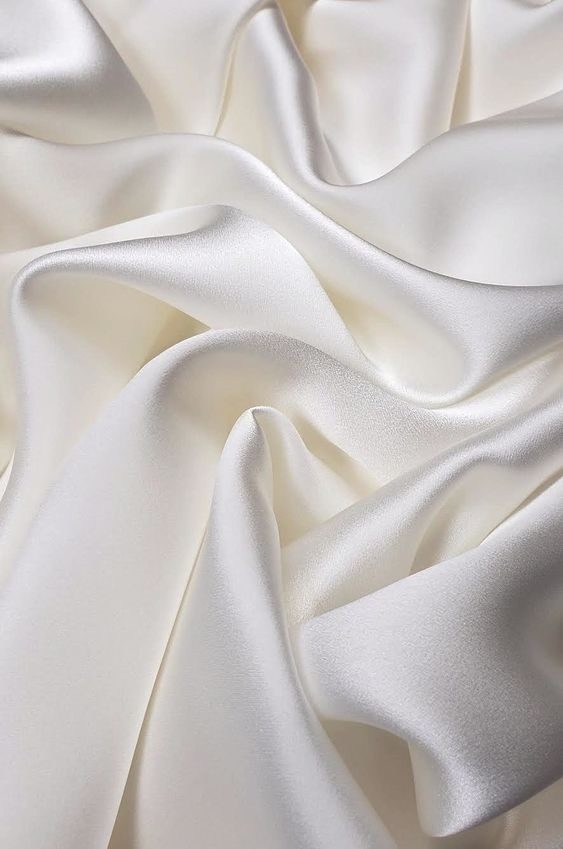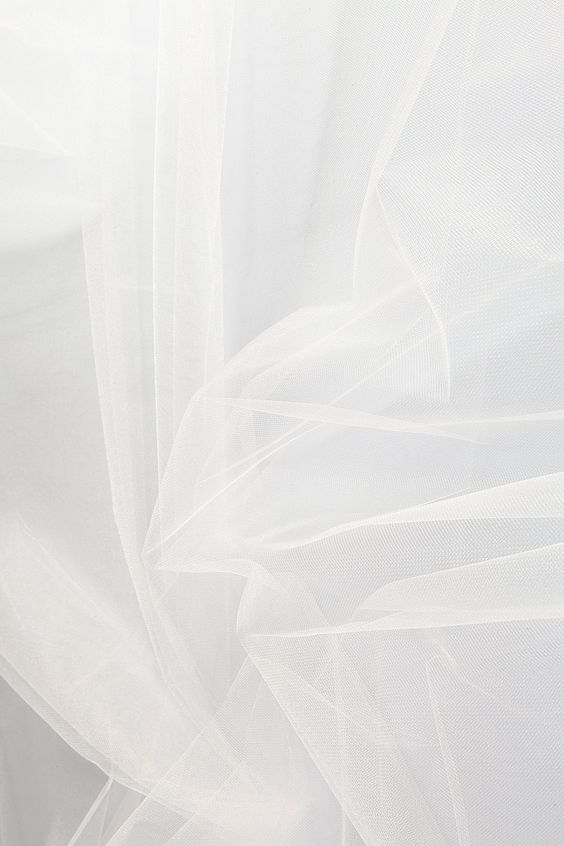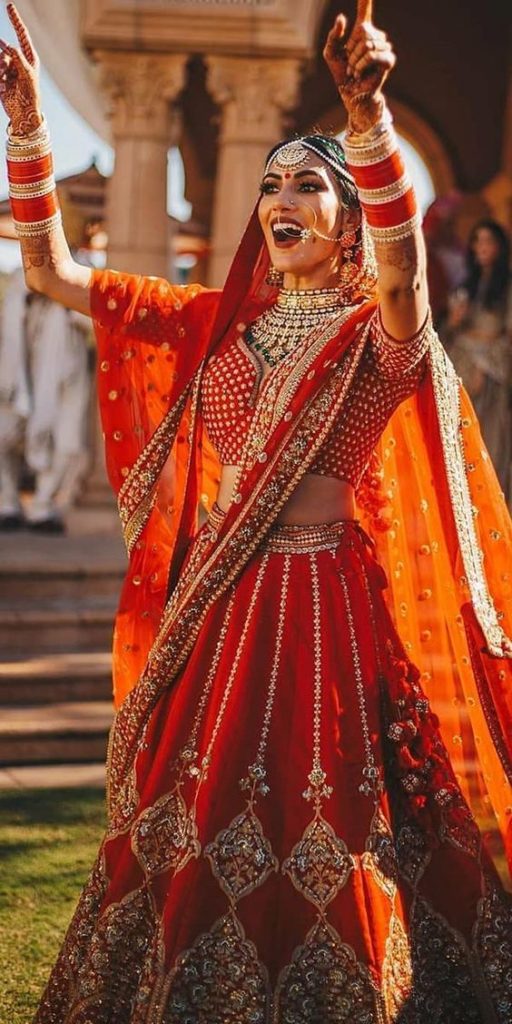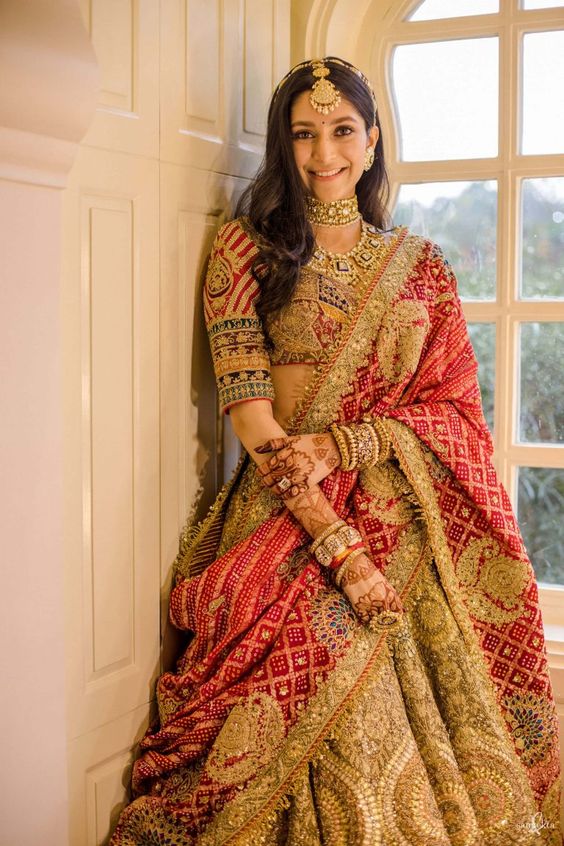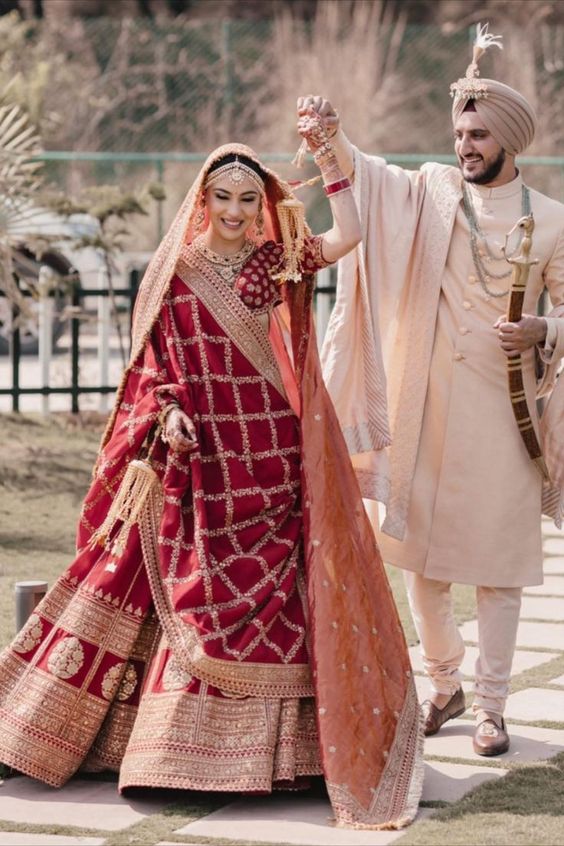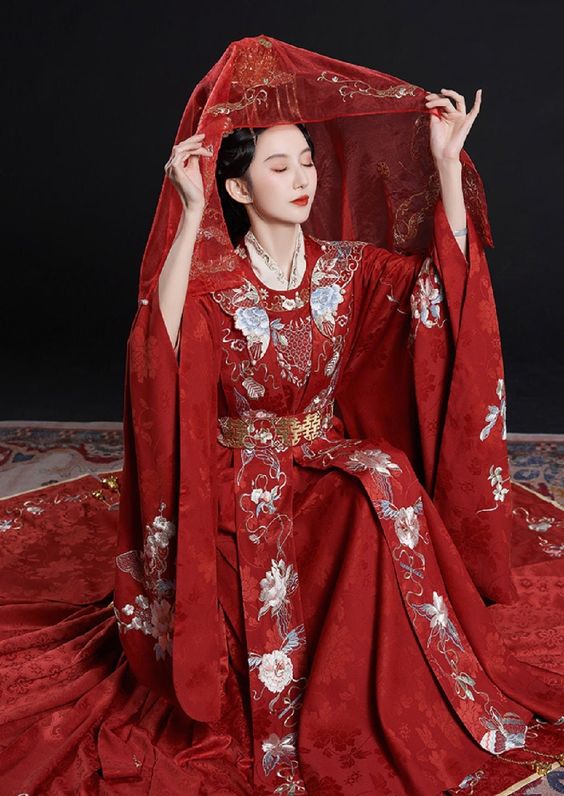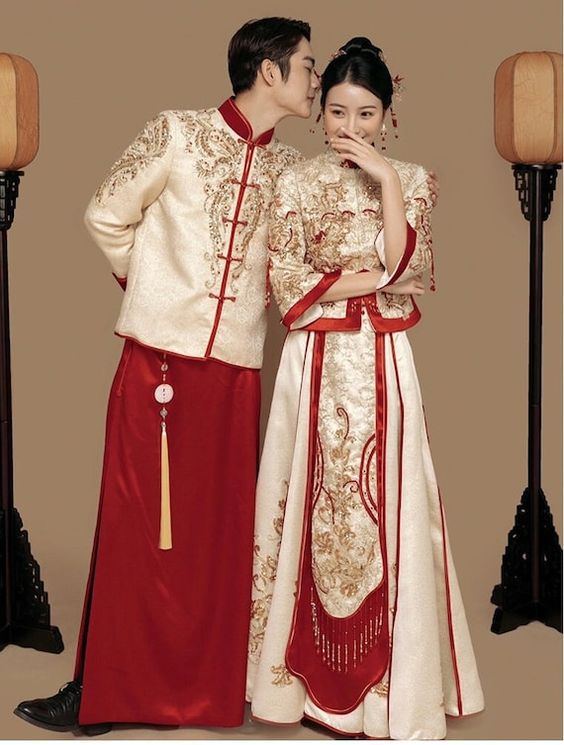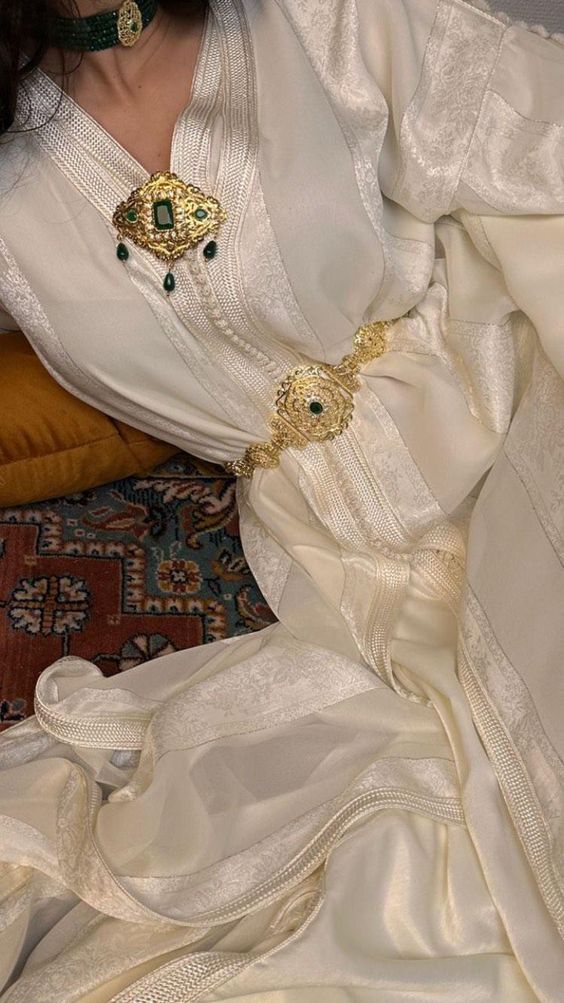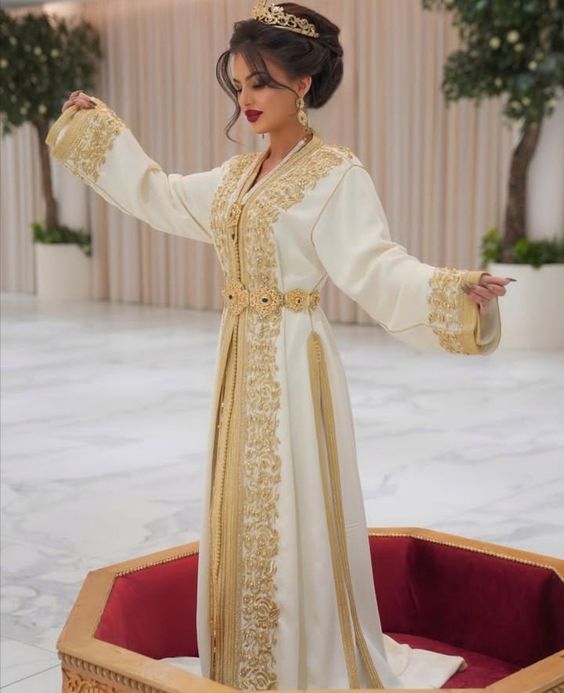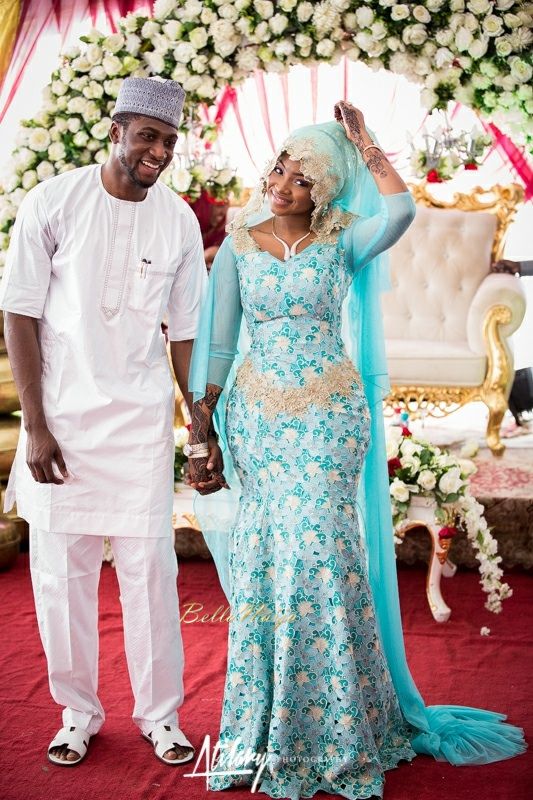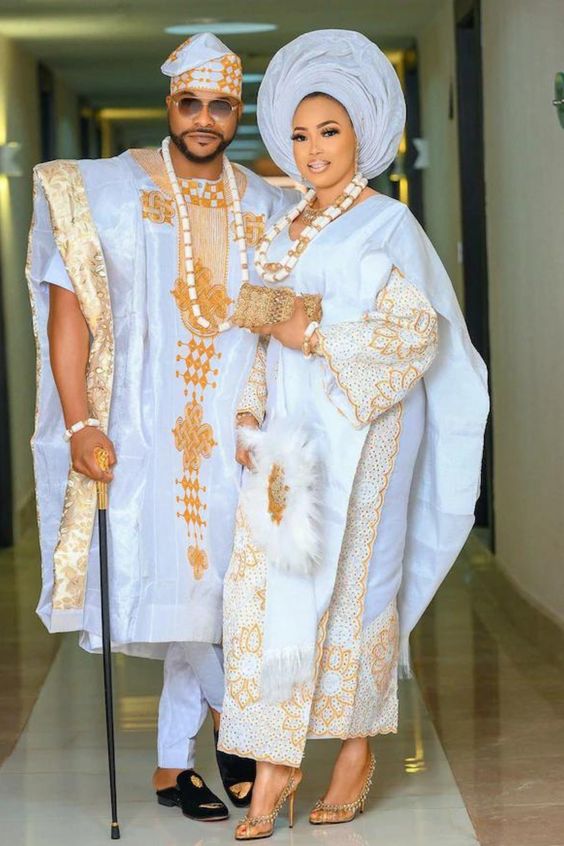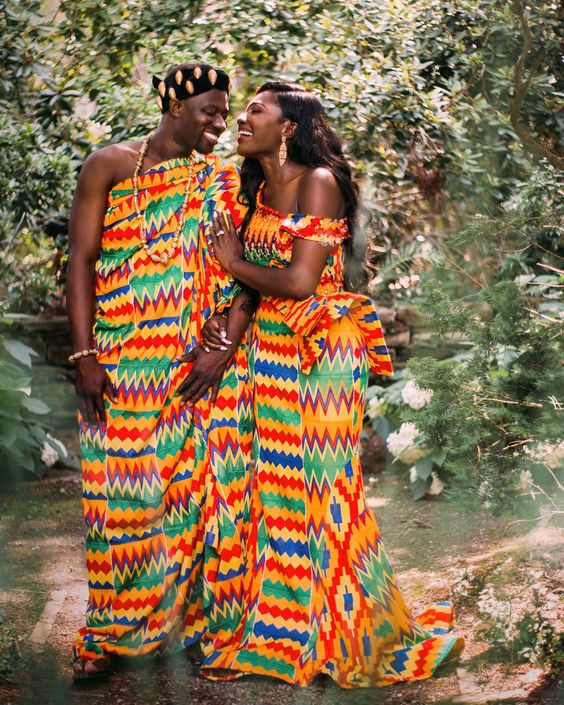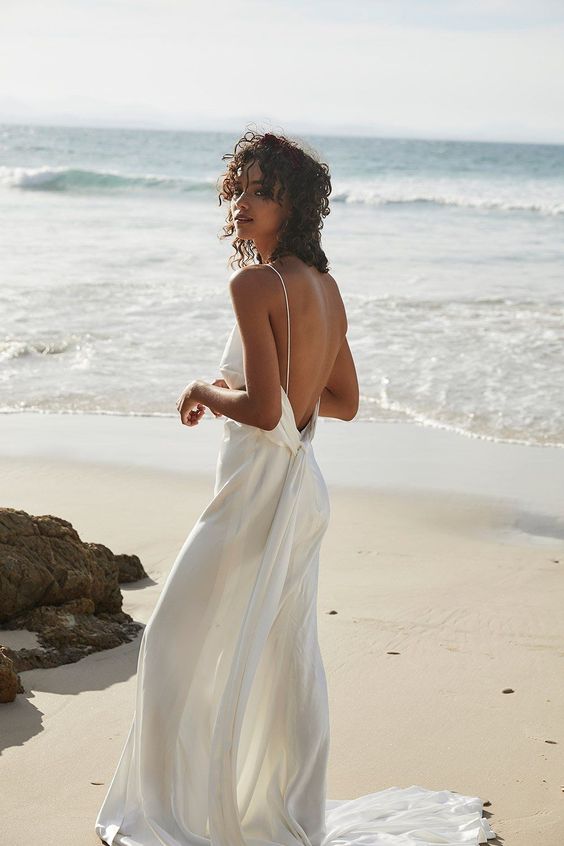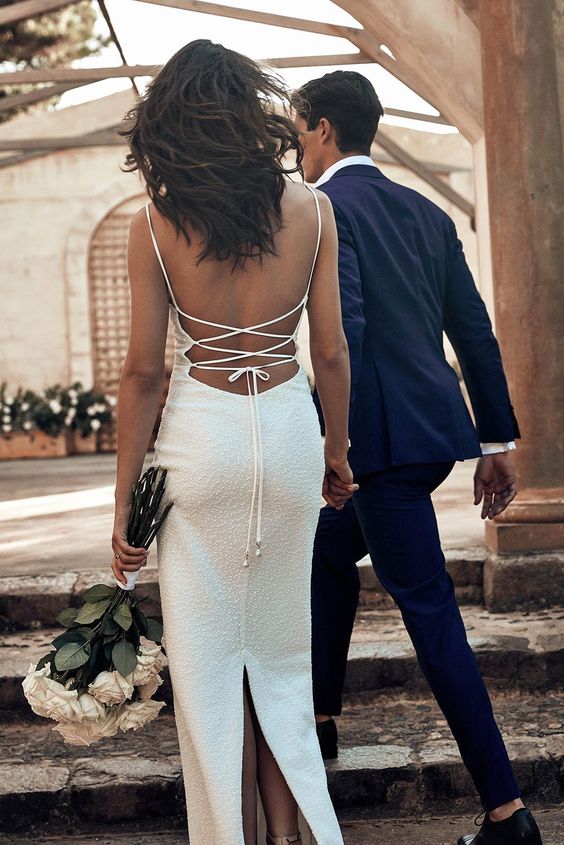There is a wide selection of wedding dresses of any shape, size, colour, style, fabric, and price range. Whether you are looking for a traditional white one, a colourful dress, or a non-traditional style, there is certainly a bridal dress out there to suit you and your budget.
Wedding gowns can be rent or purchased, but others can also be designed specifically for you, ensuring that your wedding dress is unique and perfect for your special day.

The dress can be made with different materials: including silk, satin, lace, tulle, chiffon, and organza.
- Silk, the most popular choice, as it is luxurious, elegant and comfortable to wear
- Satin, also a popular choice, as it has a glossy finish and a smooth texture
- Lace, a classic material for wedding dresses, often usesed for the bodices
- Tulle, a lightweight, sheer material often used for the dress’s skirts, as it adds volume
The choice of material often depends on the style and design of the dress, as well as the personal taste of the bride. Some women may choose to have their wedding dress made from eco-friendly materials, such as organic cotton or plant-based fabrics like bamboo or hemp. Other brides may opt for a vintage-inspired dress, made from antique or repurposed lace.
The neckline of a wedding dress is the top portion of the dress that covers the neck and shoulders, it can be:
- Strapless, classic and popular, no straps or sleeves, the neck, shoulders and upper chest of the bride is exposed; that is a versatile and flattering option
- Off-the-Shoulder, the dress extends slightly down the arms and over the shoulders, creating a more romantic and feminine look; a good choice for brides who wants to show off their collarbones or shoulders
- V-Neck, shaped like a V, with the dress plunging down the centre of the chest and exposing the upper chest and collarbones of the bride; it is a versatile and flattering option
- Sweetheart, shaped like a heart, with the dress dipping down in the centre of the chest and exposing the upper chest and collarbones; it is a romantic and feminine option
- Square; shaped like a square ; with the dress extending straight across the chest and exposing the collarbones and shoulders; it is a more modern option
- Boat, shaped like a boat, with the dress extending straight across the chest and then curving down in a gentle arc at the sides; it is a classic and versatile option
Wedding dress embellishments are decorative elements used to add a touch of glamour and sparkle to a wedding dress, and can be placed on various parts of the dress, such as the bodice, sleeves, hem, or train. They include a variety of different elements, such as beads, sequins, pearls, crystals, ribbons, lace, embroidery, and more.
Wedding dresses are different around the world. Let’s see some examples:
In India, for example, brides often wear red or other brightly coloured sarees, adorned with intricate embroidery and beading. These traditional dresses are usually made from lightweight silk or cotton and consists of a long piece of fabric that is draped around the body. They are usually decorated with intricate embroidery and embellishments, such as sequins, beads, and stones. The colors used in these designs are often vibrant and symbolize luck and prosperity for the new couple.
In Japan, brides often wear a traditional kimono. This garment is made from lightweight silk or cotton fabric and is usually decorated with intricate embroidery and delicate designs. The colors used in these designs are often soft and delicate, such as white, pink, and cream. The kimono is an elegant symbol of modesty and grace.
In China, the traditional wedding dress is the qipao, a form-fitting dress with a high collar, long sleeves and a floor-length skirt. The qipao is associated with modesty and grace, and the colours used in these designs are usually vibrant reds, yellows, and blues that symbolize luck and fortune.
In Moroccan weddings people will wear various Moroccan kaftans. The bride will traditionally wear a white takchita, comprised of up to five pieces, mostly meticulously decorated.
In Nigeria there are 371 distinct tribes, and each tribe has its own specific set of traditions and wedding clothing . There are three main tribes in Nigeria: the Yoruba, the Igbo, and the Hausa. In the Yoruba tribe, brides will wear what is called an iro, a loosely fitting blouse, and a buba, a wrap-around skirt, made out of aso oke. The crowning glory of the outfit is a gele, a head tie worn in simple to complex tying patterns, made also of aso oke. Brides will also wear special decorative beads, an iborun, which is a sash that is draped along the bride’s shoulder, and carry a traditional fan. In the Igbo tribe, brides will traditionally wear a top and a wrapper, a wide piece of decorative cloth wrapped around the waist. The top can be a blouse or a smaller wrapper tied around the chest. A Hausa bride on the wedding day, wears the atamfa, a combination of a blouse and skirt, a head covering like a gele, and a veil made of cotton or lace.
In the order: Hausa wedding , Igbo wedding , Yoruba wedding
In Ghana , wedding dresses are realised with kente cloth, a brightly colored fabric. It is usually made from cotton or silk and is decorated with intricate patterns that symbolize blessings and good fortune for the newlyweds. The colors used in these patterns are usually bold and vibrant, such as reds, blues, and yellows.
In Australia ,the bohemian style has become increasingly popular among modern brides who want to add a touch of whimsy to their special day. This style usually consists of lightweight lace or chiffon decorated with intricate patterns, embellishments, or embroidery. The colors used in these designs are often bold pastels.



